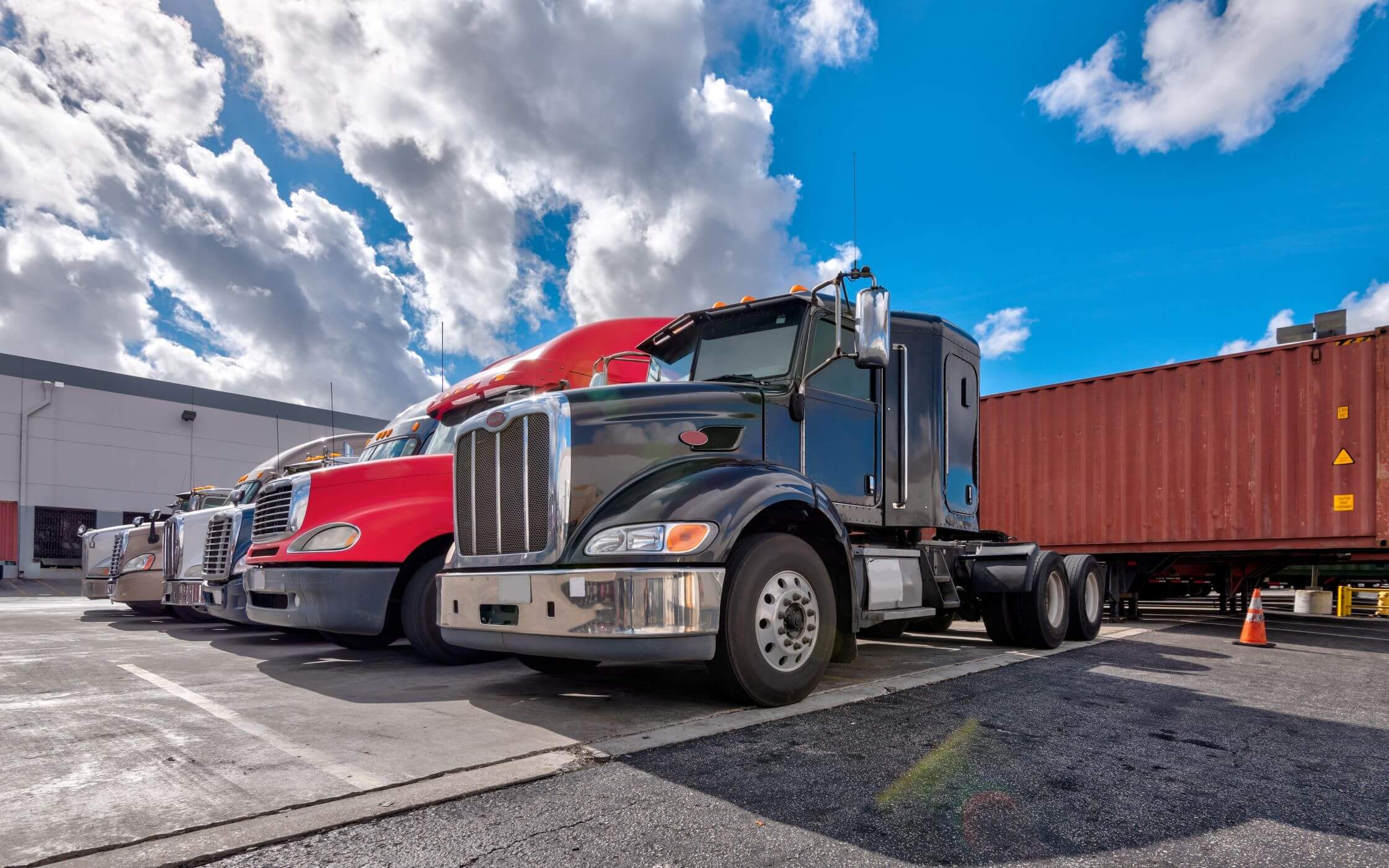
Everything You Need to Know About LTL Freight Shipping
March 18, 2025
How to Avoid Freight Delays During Memorial Day Weekend
April 25, 2025Freight class is a measurement used by carriers and delivery companies to determine the shipping rate for different types of cargo. When partnering with a 3PL provider, they will use freight class to determine the cost, shipping method, and timeline of your shipment. Several factors play a role in calculating freight class, including the shipment’s weight, dimensions, and density. Knowing how to figure out the class of your pallets correctly can speed up your overall operations, offer accurate delivery times to your clients, and grow your business in the long term.
In this blog, we will discuss everything you need to know about freight class, how to calculate it, and how Xpressman Trucking & Logistics can help with our professional freight services.
What Is Freight Class & What Are the Different Classes?
Freight class is a classification system carriers use to determine their rates for varying shipments. The class tells carriers how easy or difficult it is to transport a particular shipment, and the rates are determined based on that difficulty level. There are 18 freight classes, ranging from class 50 to class 500, with increments of five. Generally, the lower the class number, the easier it is to get the package to its destination without complications.
What Factors Affect Determining Freight Class?
Several factors affect the determination of freight class, including the density, stability, handling, liability, and value of the shipment.
Density
This is the most important factor in determining freight class. It refers to the weight of the shipment per cubic foot. The higher the density, the lower the freight class will be. You can find this measurement by multiplying the shipment’s length, width, and height by inches and dividing it by 1728 (the number of cubic inches in a cubic foot).
Stowability
The stowability of a shipment refers to how easily it can be packed and stacked on a truck or in a container. It may be assigned a higher freight class if it is an odd shape or difficult to stack.
Handling
Certain items may require special handling if they are fragile or made of hazardous materials. Extra care must be taken during transportation to ensure the safe delivery of these items. Additional fees may apply for this type of handling, causing these items to be in a higher freight class.
Liability
Liability refers to a carrier’s responsibility for the safe delivery of goods. This can vary depending on the type of shipping service used and any additional insurance coverage purchased by the shipper.
Value of Goods
The value of goods being shipped can also determine the freight class and shipping fees. Higher-value items may require additional insurance coverage and special handling to ensure their safe delivery, leading to higher shipping costs.
How Can You Calculate the Freight Class for a Shipment?
Once you have determined each of the mentioned factors, you can use the National Motor Freight Classification (NMFC) system to calculate your shipment’s freight class. Also known as an NMFC code, your shipment will be assigned a 5-digit number that corresponds to its freight class based on its individual characteristics. You can then use this code to quote or book your shipment with a carrier.
Get a Free Quote on B2B Trucking & Delivery Services for All Freight Class Shipments in the Northeast Corridor with Xpressman
Xpressman is the top choice for commercial trucking and delivery services in Massachusetts, Connecticut, Rhode Island, New Hampshire, and across the Northeast region. Whether you are shipping a small package or need full truckload services, our team of experienced professionals is dedicated to providing efficient and reliable transportation solutions for shipments of all freight classes. To learn more about our range of trucking services and get started with your shipment, submit an online quote request or call us at 781-836-4614.




